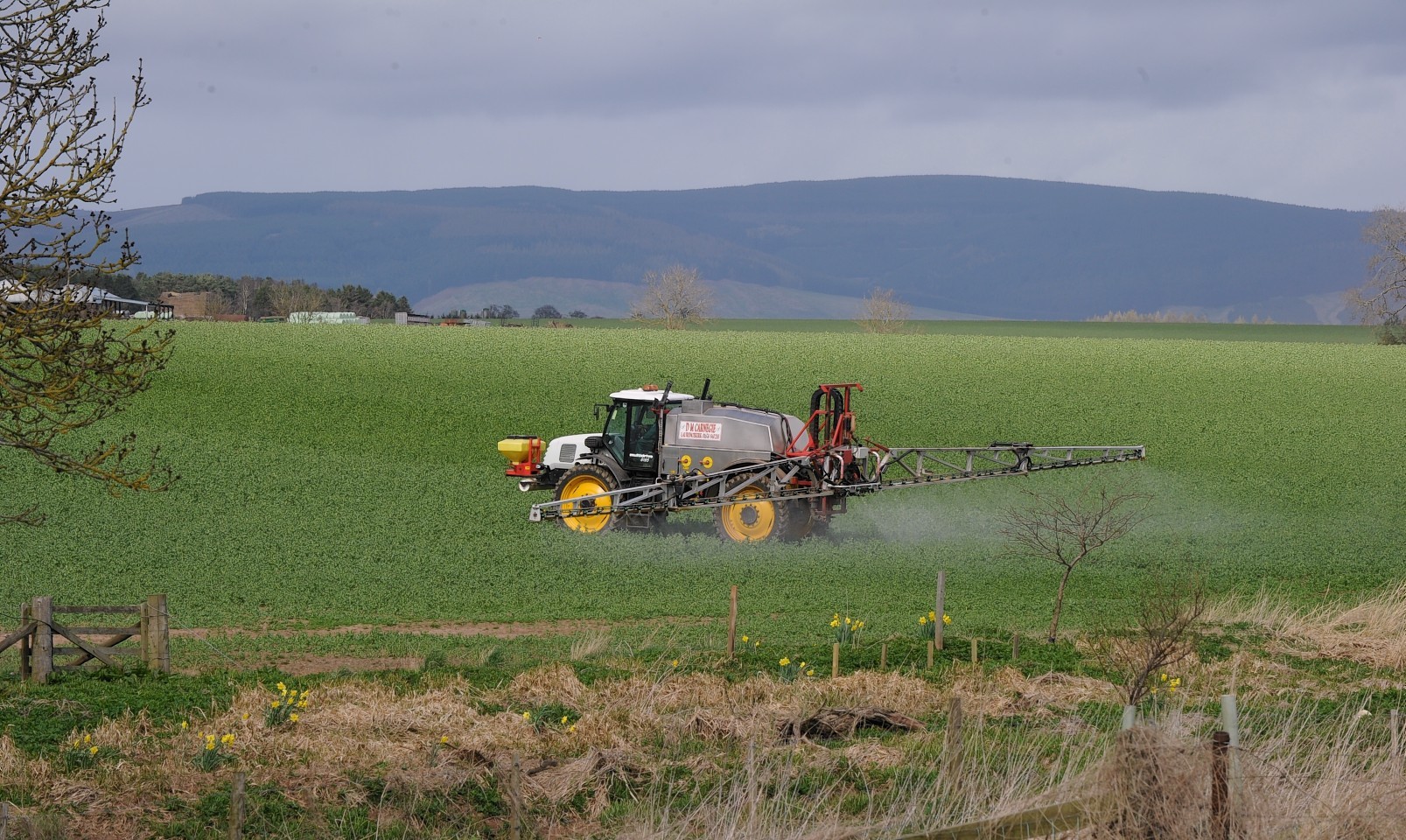Running a profitable arable business with the current low prices is a huge challenge. Press and Journal Farming looks at what growers can do to ride the storm
In order to get a return on investment growers need to minimise the cost per tonne produced and the way to do that, according to BASF’s Scottish agronomy manager Dudley Kitching, is to maximise crop yield.
“Unfortunately there is no silver bullet which will increase yield, it is all about marginal gains, paying attention to the detail and making small adjustments to make sure everything is done as well as it can be,” said Mr Kitching.
“Yield potential is at its highest when the seed is still in the bag so growers need to do all they can to minimise the losses that occur when the crop is growing.”
He said the starting point to this will always be cultural control – putting the right crop in the right field, in the right conditions.
“Just because you have the machinery which could create a seedbed doesn’t always mean that you should,” added Mr Kitching.
“Look at the Recommended Lists and choose a variety which is suited to your farm, with a suitable disease profile and harvesting date, which can be marketed locally.”
The second line of defence against crop losses is chemical control.
“The can of chemical is just part of the toolkit; fungicides provide an insurance policy which generally more than pays for itself, however, knowing the costs of production is essential. If you don’t know what the crop costs to produce then you don’t know if you are actually making savings,” said Mr Kitching.
When building a fungicide programme, he recommends starting with a base programme and adjusting according to the season and situation.
Mr Kitching said: “If you have grown a winter wheat variety, highly susceptible to Septoria, and conditions are damp then an increase in the rate of fungicide such as Adexar (epoxiconazole + fluxapyroxad) which can be applied at flexible rates, should be considered and conversely if the variety has a high inherent resistance then the rate may be reduced.”
For wheat and barley, addition of the multi-site chlorothalonil to the mix is important as an anti-resistance strategy and as an aid to reduce the overall level of disease.
Focusing on plant growth regulators (PGRs), Mr Kitching said, “They are not just about increased straw strength. In cereals some can help overall rooting and maintain tillers. PGRs, such as Canopy (prohexadione-calcium + mepiquat chloride), have a direct effect on the root ball, increasing its size allowing uptake of more nutrients and water, and reducing the risk of lodging.”
In oilseed rape as well as reducing plant height and strengthening stems, Mr Kitching said PGRs can be used to manage the canopy and branching. Opening the canopy and producing more branches leads to more pods and this in turn gives higher yields.
“Using a plant growth regulator such as Caryx (metconazole + mepiquat chloride), on oilseed rape in the spring will result in a more upright crop with less biomass, allowing a faster, easier harvest and so diesel costs can be reduced. Trials have shown that even a slightly leaning crop of oilseed rape results in a loss of yield,” said Mr Kitching.
Timely application of the spray programme is essential, he added.
“Going by leaf layers is one of those little things that make a difference. It is best to use leaf emergence as a guide to plant growth. Leaf emergence can be accurately assessed by splitting the stem to see which leaf is emerging,” said Mr Kitching.
“The T1 spray targets final leaf 3 and is the first protective barrier to stop the disease going up the canopy. The T2 spray targets the flag leaf.”
In Scotland the application of a spray at T0 to winter wheat is a must according to Mr Kitching.
“Putting a spray on early in the season reduces the disease inoculum. It also buys a little more time at the beginning of the season when the weather can still be unsettled and may result in the next spray, at T1, being delayed. It is always better to be protective rather than curative,” he said.
“Fertiliser application in the spring should be managed according to the green leaf area index (GAI), with backward crops treated first.”
